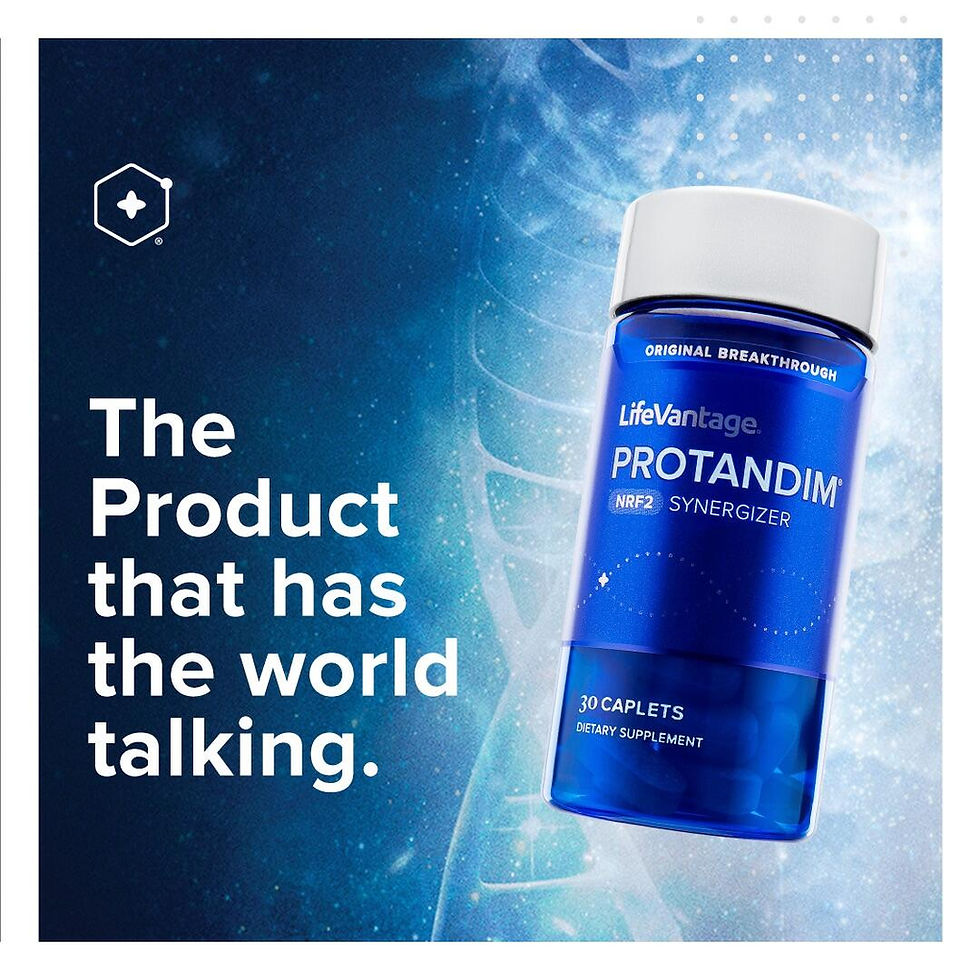Boosting Testosterone Naturally
- Oasis

- Mar 4
- 4 min read
Updated: Apr 7
Boosting Testosterone Naturally: 10 Effective Strategies
Testosterone plays a crucial role in overall health. It influences everything from muscle growth to mood and cognitive function. It’s essential for both men and women. Unfortunately, factors like stress, aging, and poor diet can lower testosterone levels. Instead of synthetic hormones, consider natural ways to enhance testosterone production.

10 Natural Ways to Boost Testosterone Levels
1. Strength Training & Resistance Exercises

Weightlifting and high-intensity interval training (HIIT) are highly effective for boosting testosterone levels. Compound movements such as squats, deadlifts, and bench presses activate large muscle groups, leading to increased testosterone production.
🔹 Best Practices:
Focus on heavy lifting (6-12 reps per set).
Train 3-5 times per week with progressive overload.
Try HIIT workouts that involve short bursts of intense exercise.
2. Optimize Your Sleep

Quality sleep is essential. Testosterone production peaks during deep sleep cycles. Insufficient sleep can significantly lower testosterone.
🔹 Sleep Tips:
Aim for 7-9 hours of quality sleep.
Keep your room dark and cool (ideal temperature is 60-67°F).
Avoid blue light exposure from screens at least 1 hour before bed.
3. Eat a Testosterone-Boosting Diet

What you eat directly impacts hormone production. A balanced diet with specific nutrients can enhance testosterone levels.
🔹 Key Nutrients for Testosterone:
Healthy Fats: Foods like avocados, olive oil, nuts, and fatty fish support hormone synthesis.
Protein: Sources like eggs, lean meats, and plant-based proteins promote muscle growth and hormone regulation.
Zinc & Magnesium: Found in oysters, pumpkin seeds, spinach, and dark chocolate, these minerals are crucial for testosterone production.
4. Reduce Stress & Lower Cortisol

Chronic stress can lead to elevated cortisol levels, which suppress testosterone production. Managing stress is vital for maintaining healthy hormone levels.
🔹 Ways to Reduce Stress:
Practice meditation or deep breathing exercises.
Engage in outdoor activities or hobbies that you enjoy.
Try cold therapy (cryotherapy or cold showers) to lower inflammation and stress.
5. Increase Sun Exposure & Vitamin D

Vitamin D is crucial for testosterone production, and sunlight is the best natural source.
🔹 Ways to Get More Vitamin D:
Spend 15-30 minutes in the sun daily.
Consume vitamin D-rich foods like salmon, egg yolks, and mushrooms.
Consider a Vitamin D3 supplement if levels are low, especially when paired with K2 for optimal benefits.
6. Maintain a Healthy Weight

Carrying excess body fat, especially around the belly, can lead to increased estrogen levels and lower testosterone.
🔹 How to Maintain a Healthy Weight:
Follow a whole-food-based diet, avoiding processed carbs and sugars.
Stay active daily, mixing resistance training with cardio.
Prioritize gut health through probiotic-rich foods like yogurt and kefir.
7. Use Red Light Therapy (Photobiomodulation)
Red and near-infrared light therapy boosts testosterone levels by stimulating Leydig cells, enhancing circulation, and reducing oxidative stress.
How Red Light Therapy Works
Red light therapy, also known as photobiomodulation, involves exposing your body to specific wavelengths of red and near-infrared (NIR) light. These wavelengths penetrate the skin and stimulate mitochondria, enhancing cellular energy production (ATP).
Increased ATP production can support testosterone synthesis and overall hormonal function.
Red Light Therapy & Testosterone: The Science
Several studies suggest that red and near-infrared light can boost testosterone by:
Stimulating Leydig Cells: These are the primary cells in the testes responsible for testosterone production. Red light therapy enhances their function.
Improving Blood Flow: Better circulation means more oxygen and nutrients, optimizing testosterone production.
Reducing Oxidative Stress: Chronic oxidative stress can damage cells and suppress testosterone production. Red light therapy enhances mitochondrial function.
Enhancing Mitochondrial Energy (ATP Production): Higher ATP levels fuel testosterone synthesis.
Balancing Cortisol and Stress Hormones: Red light therapy may lower stress markers, creating a more favorable hormonal environment.
Best Practices for Using Red Light Therapy to Increase Testosterone
Choose the Right Wavelengths
600-700nm (Red Light): Effective for skin-level treatments.
800-1100nm (Near-Infrared Light): Ideal for hormonal and cellular health.
Target the Right Areas
Testicular Exposure: Apply red light directly to the testes for 10-15 minutes several times a week.
Lower Abdomen & Groin: If direct exposure isn’t preferred, focus on the lower abdominal area.
Optimal Duration & Frequency
10-20 Minutes per Session: Avoid overexposure; too much light can have diminishing returns.
3-5 Sessions per Week: Regular exposure achieves the best results.
8. Avoid Endocrine Disruptors

Toxins in plastics and household products can interfere with hormone production.
🔹 Ways to Reduce Endocrine Disruptors:
Use glass or stainless steel instead of plastic for food storage.
Avoid personal care products with parabens and phthalates.
Drink filtered water to keep hormone-disrupting chemicals at bay.
9. Consume Natural Testosterone-Boosting Herbs

Certain herbs can support hormone production and improve well-being.
🔹 Best Herbs for Testosterone:
Ashwagandha: Helps lower cortisol and increase testosterone.
Tongkat Ali: Supports libido and hormonal balance.
Fenugreek: Boosts testosterone and enhances strength.
Shilajit: A mineral complex that may help increase testosterone.

How NRF2 Supports Testosterone Production
Reduces Oxidative Stress: Helps protect Leydig cells, critical for testosterone production.
Lowers Inflammation: Supports hormonal signaling and testosterone levels by reducing inflammation.
Enhances Mitochondrial Function: Improves energy production necessary for testosterone synthesis.
Supports Detoxification: Helps reduce harmful toxins that disrupt testosterone levels.
Ways to Activate NRF2 for Higher Testosterone
Nutrigenomics & Supplementation
Sulforaphane (Broccoli Sprouts): Potent NRF2 activator.
Curcumin (Turmeric): Reduces inflammation.
Resveratrol (Grapes, Red Wine): Enhances mitochondrial function.
Protandim NRF2 Synergizer: Maximizes antioxidant defenses.
Exercise & Lifestyle
Strength Training: Boost testosterone while stimulating NRF2.
Intermittent Fasting: Enhances cellular resilience.
Cold Therapy: Reduces inflammation.

Diet & Nutrition
Cruciferous Vegetables (Broccoli, Kale, Brussels Sprouts): Support hormonal balance.
Healthy Fats (Avocados, Olive Oil, Omega-3s): Essential for testosterone production.
Dark Chocolate & Green Tea: Enhance NRF2 activity.
In summary, boosting testosterone naturally requires a comprehensive approach involving exercise, diet, stress management, and lifestyle optimization. By implementing these strategies, you can elevate testosterone levels, enhance overall health, and improve vitality without the need for synthetic treatments.



Comments